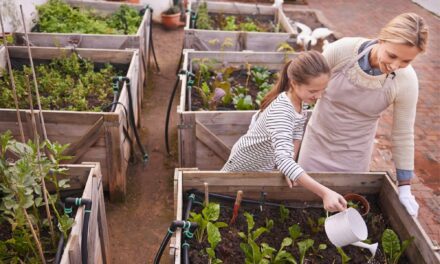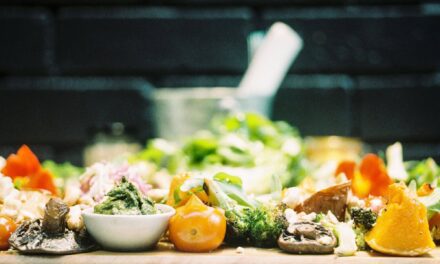
How to Eat Sustainably: Top 10 Tips for Sustainable Eating
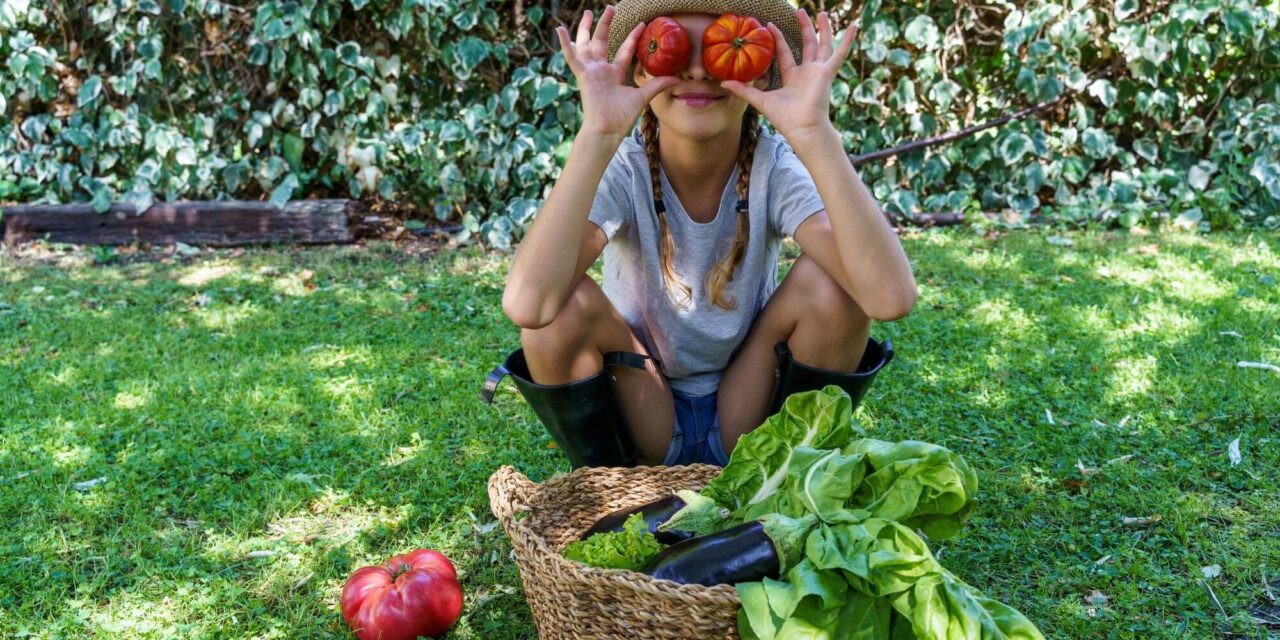

Choosing to eat more sustainably can have a big impact on a society where sustainability is crucial. With its thoughtful guidance, carefully selected list of sustainable foods, and helpful hints, this guide seeks to provide you with a comprehensive grasp of “How to Eat Sustainably” and support you on your journey towards eating sustainably.
Contents
Understanding Sustainable Food Practices
How to Eat Sustainably: Eating sustainably entails making decisions that respect animal welfare, advance fair labor standards, and advance the health of the environment. You may start eating more sustainably and morally by becoming aware of the guiding ideas of sustainable food practices.
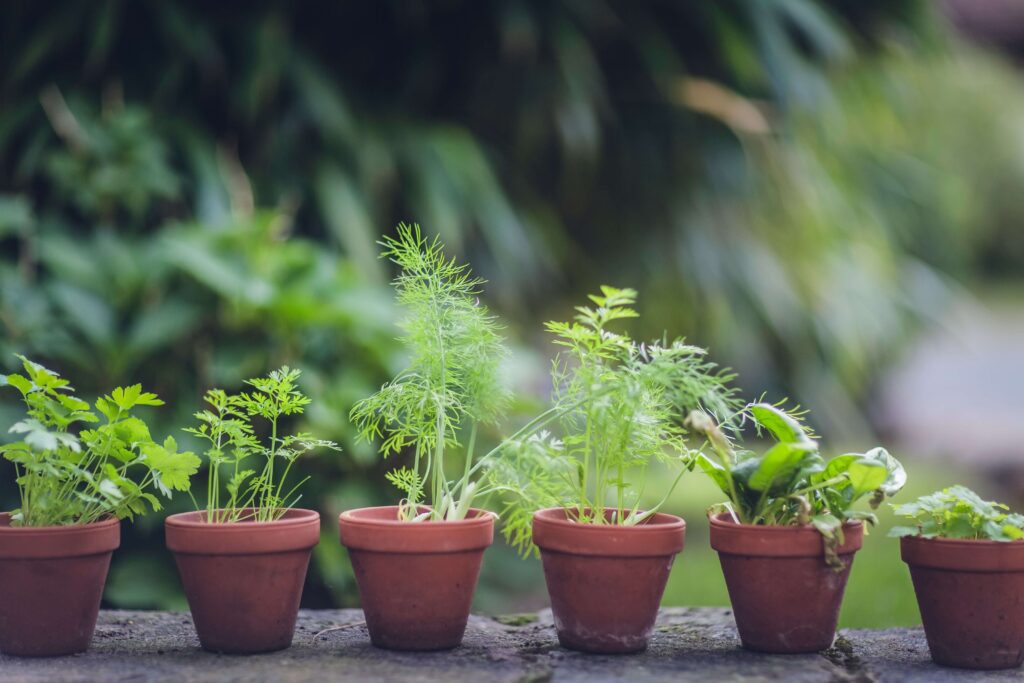
Top 10 Tips for Sustainable Eating
1. Seasonal and Local Delights
Embrace the seasonal bounty available in your local area. Eating seasonally not only ensures freshness and flavor but also supports local farmers. Explore farmers’ markets or use online tools like Eat the Seasons to discover what’s in season near you. By choosing local produce, you’re reducing the carbon footprint associated with long-distance transportation and promoting regional agriculture.
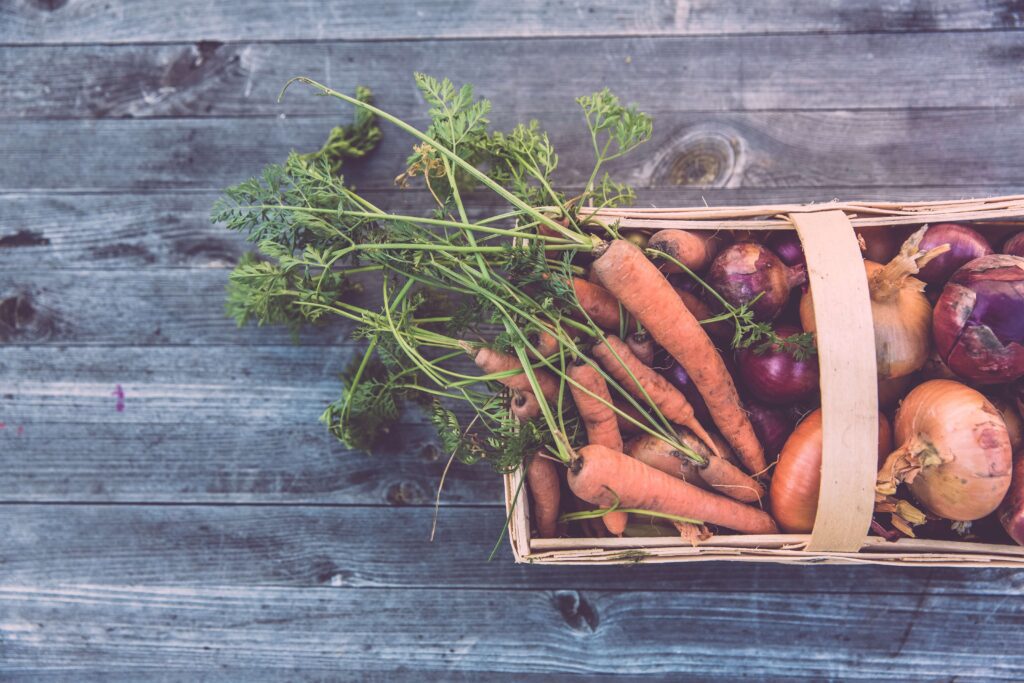

2. Plant-Based Power
Transitioning to a plant-based diet is a powerful choice for both your health and the environment. Consider incorporating more plant-based meals into your routine. Explore diverse recipes featuring legumes, whole grains, and a variety of fruits and vegetables. This not only reduces the environmental impact associated with meat production but also introduces a rich array of nutrients into your diet.
3. Mindful Meat Choices
If you choose to include meat in your diet, do so mindfully. Opt for locally sourced, grass-fed, or pasture-raised meats. Understanding meat labels is crucial; look for certifications like Animal Welfare Approved or Certified Humane. By making informed choices, you’re supporting ethical and sustainable farming practices, promoting animal welfare, and reducing the environmental impact of meat production.
4. The Importance of Organic
Organic farming practices prioritize the health of the soil, avoid synthetic pesticides and fertilizers, and promote biodiversity. When possible, choose organic products. Explore a comprehensive guide to Organic Farming to deepen your understanding of how organic practices contribute to a more sustainable and resilient food system.
5. Waste Not, Want Not
Minimizing food waste is an essential aspect of sustainable eating. Plan your meals, store food properly, and get creative with leftovers. Dive into resources like Love Food Hate Waste for practical tips on reducing food waste in your kitchen. Composting kitchen scraps is another eco-friendly practice that turns waste into valuable nutrients for your garden.
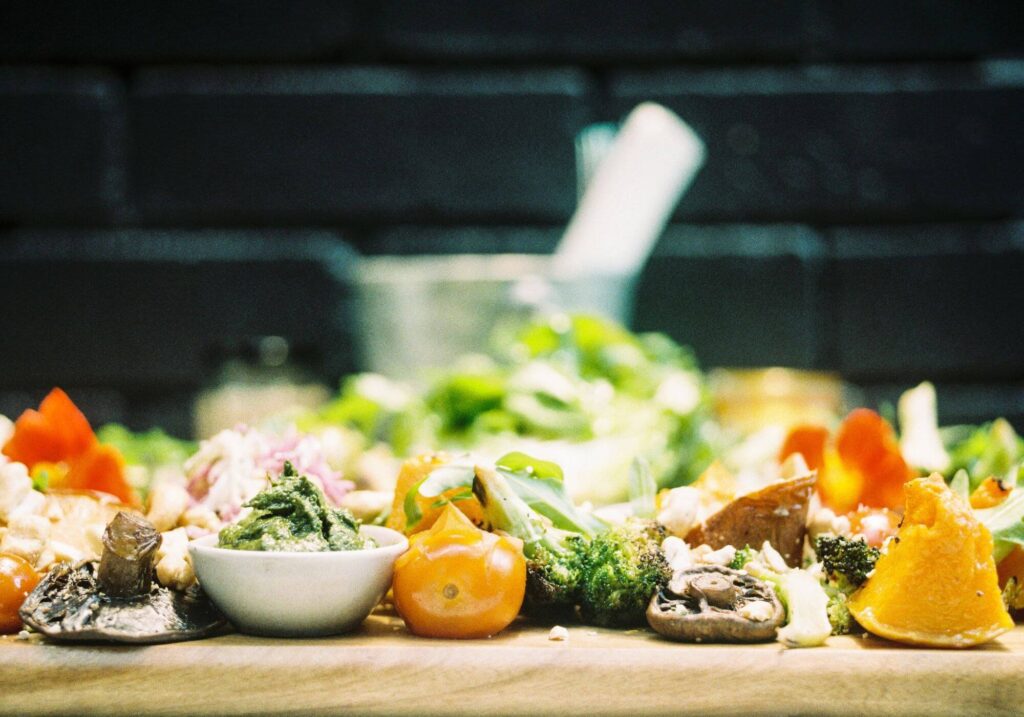

6. Embrace Sustainable Seafood
Choose seafood responsibly by referring to guides like Seafood Watch at the Monterey Bay Aquarium. Look for certifications like the Marine Stewardship Council (MSC) to ensure your seafood choices support healthy oceans and responsible fishing practices. Understanding the impact of your seafood choices contributes to the conservation of marine ecosystems.
7. Reduce Processed and Packaged Foods
Processed and packaged foods often come with excessive plastic and contribute to environmental pollution. Opt for whole foods and explore local markets or food cooperatives offering package-free alternatives. This not only reduces packaging waste but also promotes a healthier, more sustainable food choice.
8. Conscious Consumption
Become a conscious consumer by supporting brands committed to sustainable practices. Research companies’ environmental initiatives, ethical sourcing, and fair labor practices. Understanding certifications like Fair Trade and Rainforest Alliance empowers you to make choices that align with your values, contributing to positive change in the food industry.
9. Community Engagement
Engage with your local community to strengthen the sustainable food movement. Join community-supported agriculture (CSA) programs to receive fresh, locally grown produce directly from nearby farms. Connect with local initiatives promoting sustainable farming practices and eco-friendly initiatives. Being an active participant in your community fosters a sense of connection and shared responsibility for a sustainable future.
10. Sustainable Eating as a Lifestyle
Make sustainable eating a seamless part of your lifestyle by incorporating these tips into your daily routine. Small changes collectively make a significant impact. Consider creating a dedicated space for a home garden, supporting local initiatives, and inspiring others to join the sustainable eating movement. Sustainable eating is not just a choice; it’s a lifestyle that contributes to building a healthier planet for future generations.
Curated List of Sustainable Foods
You may want to include some of these environmentally friendly products in your diet to help you on your sustainable eating path. Not only is every product on this carefully chosen list wonderful, but it also has unique sustainability benefits. Find out why certain foods are sustainable and come up with inventive ways to cook them.
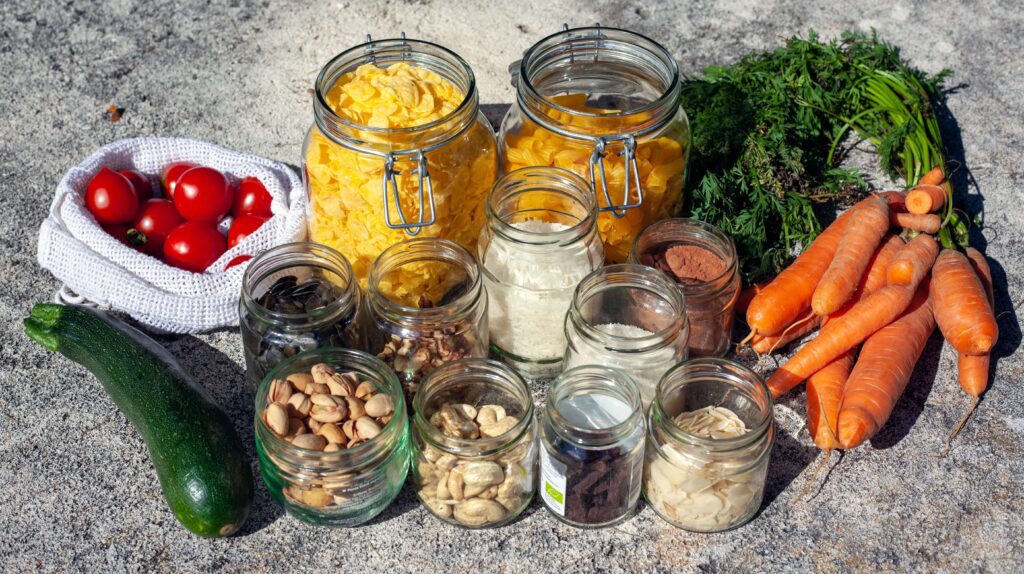

1. Quinoa
Why it’s Sustainable: Quinoa is a highly nutritious, gluten-free grain that thrives in diverse climates. Known for its ability to grow in harsh conditions, quinoa requires less water compared to traditional grains like rice. Additionally, it promotes biodiversity by providing a habitat for various organisms in its native regions.
How to Use it: Incorporate quinoa into your diet by using it as a base for salads, stir-fries, or as a side dish. Quinoa is a versatile grain that absorbs flavors well, making it an excellent substitute for rice or couscous in various recipes.
2. Lentils
Why they’re Sustainable: Lentils are a low-impact protein source that requires minimal water to grow. They enrich the soil with nitrogen, reducing the need for synthetic fertilizers. As a nitrogen-fixing crop, lentils contribute to soil health and support sustainable farming practices.
How to Use them: Add lentils to soups, stews, or salads for a protein-packed and earth-friendly boost. Lentils also make delicious vegetarian patties and can be used as a meat substitute in various recipes.
3. Seasonal Fruits and Vegetables
Why they’re Sustainable: Seasonal fruits and vegetables are naturally adapted to local climates, reducing the need for extensive artificial inputs. By choosing produce that is in season, you support local agriculture and decrease the energy required for transportation.
How to Use them: Get creative with seasonal fruits and vegetables by trying new recipes. Make vibrant salads and smoothies, or simply enjoy them as fresh snacks. Joining a local CSA (Community-Supported Agriculture) is an excellent way to receive a variety of seasonal produce directly from nearby farms.
4. Nuts and Seeds
Why They’re Sustainable: Nuts and seeds are nutrient-dense and have a lower environmental impact compared to some animal-based protein sources. They require less water and land, making them a sustainable choice for protein and healthy fats.
How to Use them: Sprinkle nuts and seeds on your morning oatmeal, yogurt, or salads. Use nut butter as a spread or in smoothies. Including a variety of nuts and seeds in your diet adds both flavor and nutritional value.
5. Brown Rice
Why it’s sustainable: Brown rice is a whole grain that retains its bran layer, providing essential nutrients and fiber. It requires less processing compared to white rice, reducing energy consumption. Additionally, it is often grown using more eco-friendly practices.
How to Use it: Substitute brown rice for white rice in your favorite dishes. It complements stir-fries, curries, and grain bowls. Experiment with different varieties, such as jasmine or basmati, for diverse flavors.


6. Locally Sourced Honey
Why it’s sustainable: Local honey supports beekeepers in your community and promotes pollination, benefiting local ecosystems. It is a natural sweetener that requires minimal processing compared to other sweeteners.
How to Use it: Use locally sourced honey as a sweetener in beverages, dressings, and desserts. Drizzle it over yogurt or incorporate it into marinades for a touch of sweetness.
7. Tofu and Tempeh
Why they’re sustainable: Tofu and tempeh are plant-based protein sources made from soybeans. They have a lower environmental impact compared to some animal proteins and can be produced using sustainable and non-GMO practices.
How to Use them: Experiment with tofu and tempeh in various dishes such as stir-fries, salads, or sandwiches. Marinate them for added flavor, and enjoy their versatility in both savory and sweet recipes.
8. Organic Eggs
Why they’re sustainable: Organic eggs come from hens raised in accordance with organic farming standards. These standards prioritize the well-being of the animals and often involve free-range or pasture-raised practices.
How to Use them: Include organic eggs in your diet by scrambling, frying, or poaching them. They are a versatile ingredient in baking and cooking, adding both structure and nutrition to various dishes.
9. Fair Trade Coffee and Tea
Why they’re sustainable: Fairtrade coffee and tea ensure that farmers receive fair compensation for their products. This supports sustainable farming practices and promotes social responsibility within the global supply chain.
How to use them: Brew fair trade coffee and tea for your daily dose of caffeine. Explore different varieties and brewing methods to fully appreciate the flavors. Being mindful of fair trade labels empowers you to make ethical choices in your beverage consumption.
10. Sustainable Seafood Options
Why they’re sustainable: Sustainable seafood options, certified by organizations like the Marine Stewardship Council (MSC), ensure that fishing practices are environmentally responsible. This helps maintain healthy fish populations and protects ocean ecosystems.
How to use them: Incorporate sustainable seafood into your meals through grilled fish, seafood salads, or fish tacos. Be sure to check for certification labels to make informed and eco-friendly choices.


Experimenting with these sustainable foods not only contributes to a healthier planet but also adds diversity and richness to your culinary experience. As you incorporate these items into your meals, you’ll find that sustainable eating is not only responsible but also delicious and satisfying.
Conclusion: Crafting a Greener Plate
In summary, adopting a sustainable diet is a lifestyle that is good for the environment and for you. You may contribute to creating a more resilient and environmentally friendly food system by implementing these helpful suggestions and embracing a range of sustainable foods. Let every meal serve as a chance to improve the environment and foster a more environmentally friendly, healthier future for everybody.






